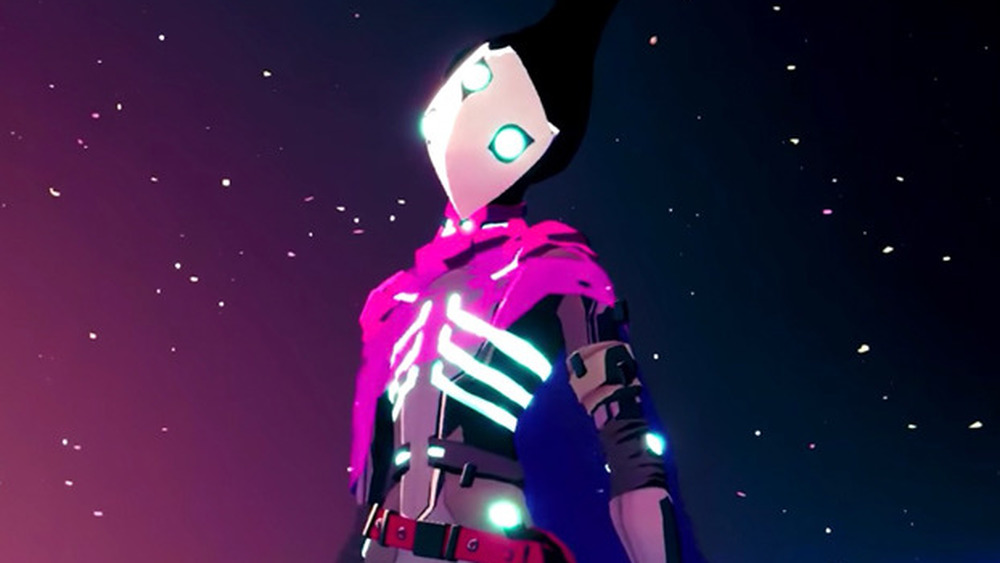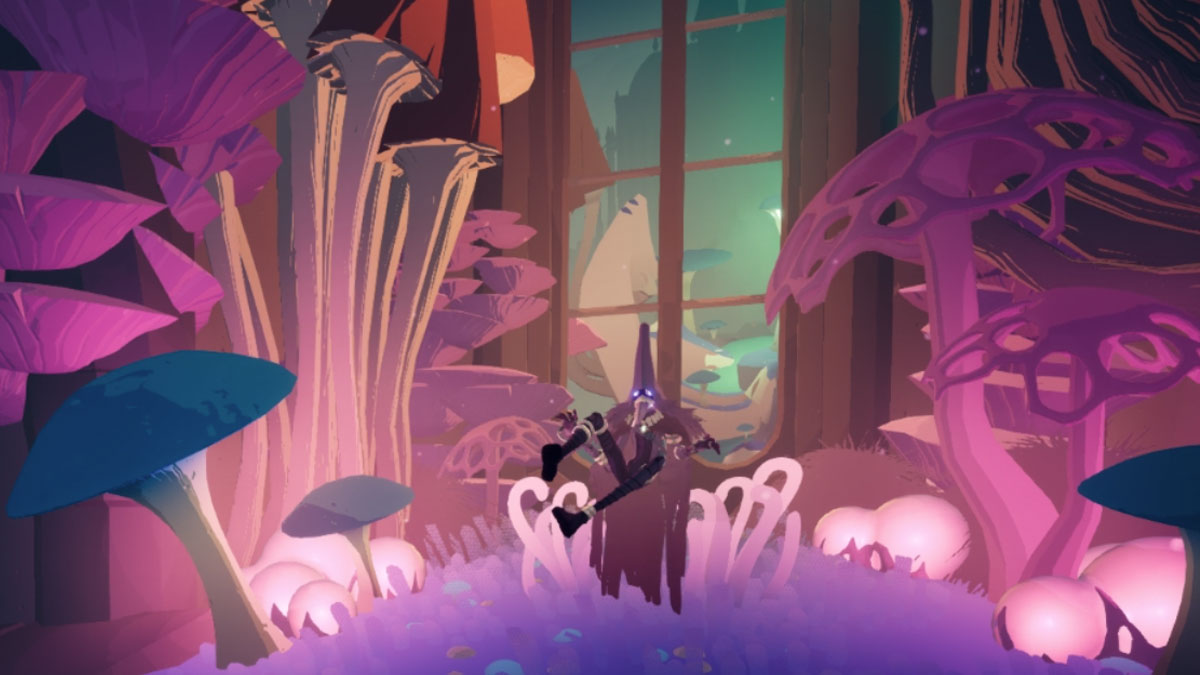



To take on these latter Anomalies however, you must first stir them from their slumber by cleansing a number of corrupted nodes on the map in what amounts to mini-races around the environment as you slash at spiky checkpoints before reaching the end to stab at the final exposed nerve, which you might liken to some kind of large-scale acupuncture. Its headline setpieces are the Massive Anomalies taking various beastly forms that feel like platforming levels themselves. Instead, traversal is kept as the game’s very singular core, even as it occasionally changes things up with different puzzles and environmental hazards. Jet Set ColossusĪlthough you could say there’s combat in Solar Ash, as Rei whips out an energy blade to hack-and-slash biomechanical enemies known as Anomalies, it rarely feels like combat. The verticality of levels are also designed with generous checkpoints while you’ll usually open up a shortcut that saves you the hassle of finding your way back up should you slip up. It’s not always perfect – the platforming is at its best when it keeps up the momentum out in the open areas rather than cramped interiors – but some of the exactness required is alleviated by being able to enter a timeslip, which slows down the action giving you time to reposition the camera to grapple onto distant points or enemies. Where Solar Ash succeeds from Sega’s mascot is that it’s largely devoid of the frustrations that come with such agility.


 0 kommentar(er)
0 kommentar(er)
